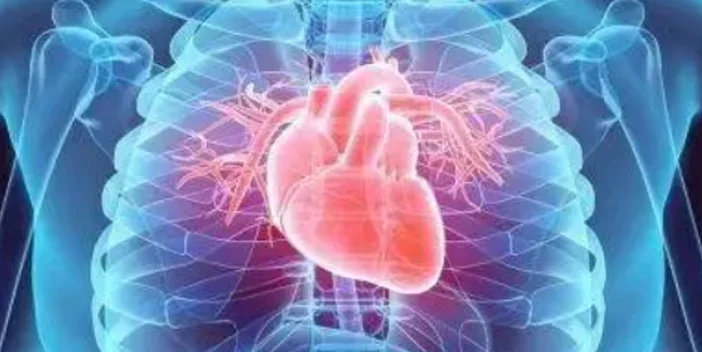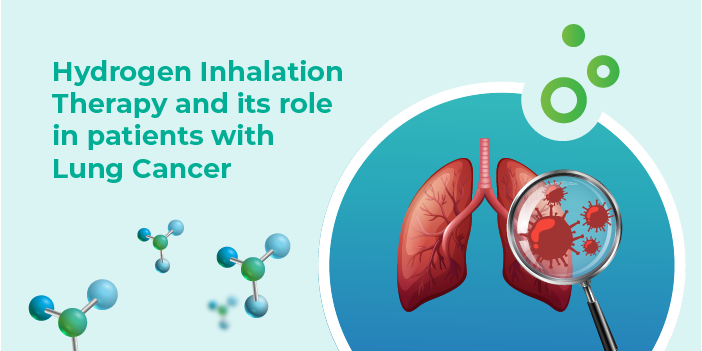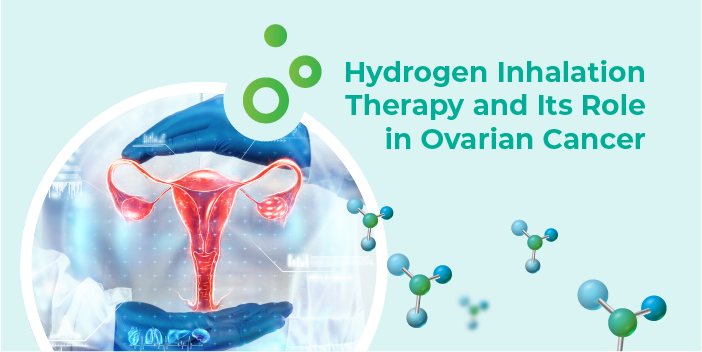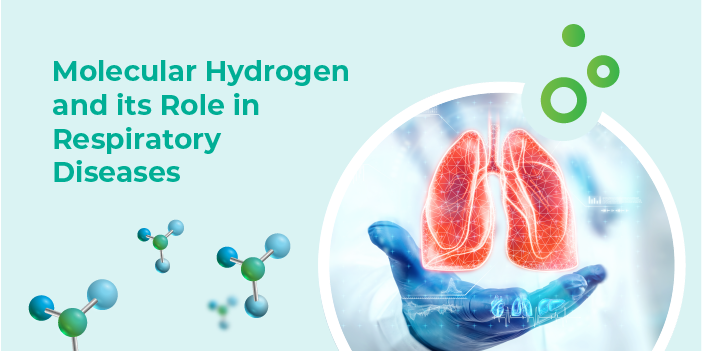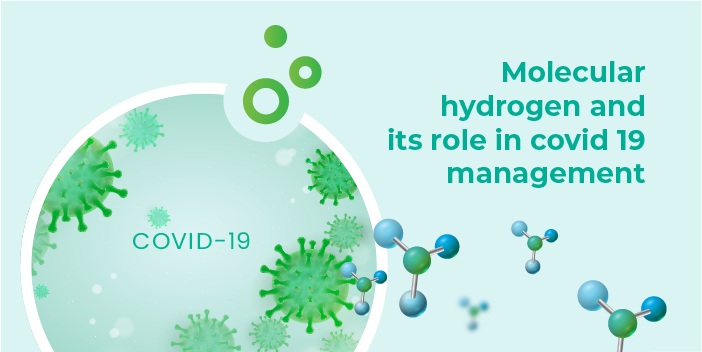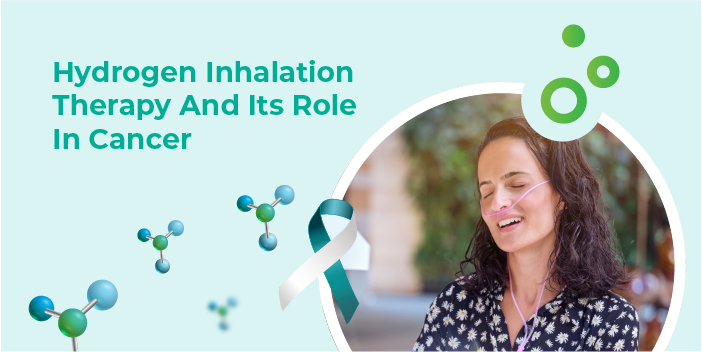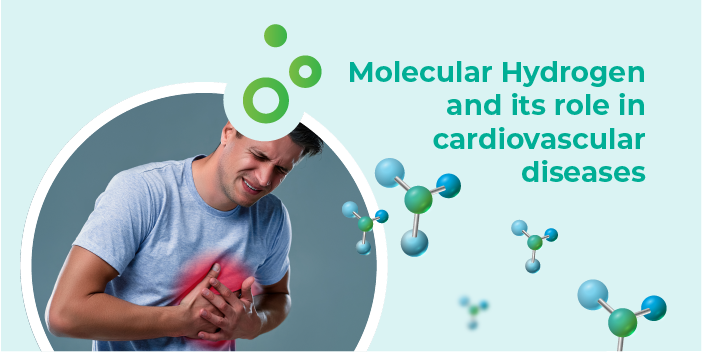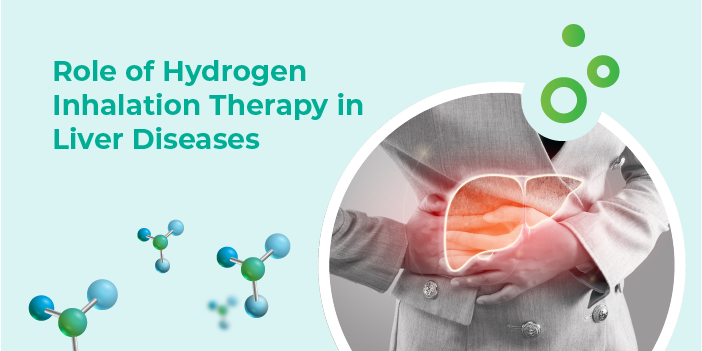Molecular Hydrogen and its Role in Respiratory Diseases Introduction: Hydrogen, an inert gas, has been utilised to help deep divers prevent oxygen deprivation. (Gardette and Delauze, 1996). It was discovered in 2007 that inhaled hydrogen had genuine protection against brain damage caused by ischemia and reperfusion because of its anti-inflammatory and anti-apoptotic properties (Fukuda et al., 2007). This report generated tremendous interest internationally. The anti-oxidation (Ji et al., 2010), anti-inflammatory (Kajiya et al., 2009), anti-apoptotic (Cai et al., 2008) characteristics of H2 have been examined relative to its therapeutic impact on a variety of disorders. Hydrogen in its diatomic form is quite a small molecule that dissipates rapidly in whole body as well as all the cells, and its impact is quite week that it doesn’t interfere with redox events of metabolism or the pathways of cell signaling. As a consequence of this, it has the potential to be an effective and risk-free antioxidant for respiratory illnesses. Inhalation, which is by far the most common method of drug administration, is regarded as the most effective approach to treating asthma. Ischemic heart disease (Hayashida et al., 2008) stroke (Cui et al., 2016), acute lung damage (Kohama et al., 2015) and inflammatory bowel illness (Kajiya et al., 2009) have been shown to benefit from or be protected through the H2 gas inhaling approach, as data has accumulated in recent years. The lungs are the major organ that are responsible for exchanging gases with the rest of the circulatory system and the surrounding environment. They are continuously being exposed to a variety of potentially harmful external stimuli, including bacteria, viruses, and other germs, cigarette smoke, and airborne particulate matter, as they are breathing in and out. Injuries to the lungs, including respiratory and lung disorders, are frequently the result of either short-term or prolonged contact to these hazardous compounds. Molecular Hydrogen- A Brief Introduction: Hydrogen molecules are odorless, tasteless, and colorless, and their solubility in water is quite low. In mammalian cells, under the conditions of physiological activity, it is regarded to be non-active. Certain types of bacteria are capable, through the process of enzymatic catalysis, of extracting energy and electrons from molecular hydrogen. In addition, the anaerobic metabolism of bacteria results in the production of molecular hydrogen. Genes that code for enzymes containing iron or nickel that are required to speed up processes. These enzymes are necessary (Fritsch, Lenz and Friedrich, 2013). Molecular hydrogen, on the other hand, has just come to be seen as a unique physiologically appropriate molecule with significantly important applications. A group of scientists found that the selective quenching of hydroxyl free radical (OH) and per-oxy-nitrite ion is brought about by inhaling of 1-4% molecular hydrogen. This results in a considerable improvement in injury caused by oxidative stress produced by different ischemia of cerebral areas of brain. (Fu and Zhang, 2022) Figure.1 Diagram depicting the potential biological consequences of hydrogen. Therapeutic Role of Molecular Hydrogen in Syndrome of Chronic Respiratory Dysfunction: Severe failure in gas exchange due to a breakdown in the alveolar-capillary barrier and pulmonary edema characterizes both acute lung injury (ALI) and its more severe variant, acute respiratory distress syndrome (ARDS). Both of these conditions can be fatal. During the past two decades, advances in intensive care have led to enhance the percentage of patients with ARDS who survive, although the death rate is still quite increased (Goss et al., 2003; Maybauer et al., 2006). Many medications with properties of anti-inflammation are investigated as potential treatments for ALI. Palrnatine is able to alleviate lipo-polysaccharide-induced ALI in lab mice and it does this via inhibiting activated AKT pathway of cell signaling (Kan et al., 2021). Recent research conducted on animal models in laboratories has suggested that hydrogen may have the ability to mitigate the disease spread of (ALI) brought on by any factor that may include sepsis or LPS or even some pathogenic effects. A therapy with hydrogen can lessen the severity of inflammatory response in the tissues of lung, suppress NF-kB activation-mediated inflammatory response and cell death, ultimately it significantly attenuates the recruitment of neutrophil blood cells that is brought on by LPS. The lower expression of MPO activity in lungs and pro-inflammatory chemokines is the mechanism behind these protective benefits (Xie et al., 2012). The expression and activation of p38MAPK are both greatly suppressed by hydrogen (Liang et al., 2012), as are levels of ROS that are p38MAPK-dependent (Shi et al., 2016). Hydrogen’s therapeutic potential for ALI induced by LPS is promising, and it may be even more so when combined with NO. This is possible despite hydrogen’s good efficacy when used alone. Nitro tyrosine, which is generated by the inhalation of NO by itself, is removed when this gas is combined with hydrogen, suggesting that the mechanism may include the interplay between two gaseous entities (Liu et al., 2015). Hydrogen has the ability to attenuate the lung epithelial barrier dysfunction caused by LPS. Under typical circumstances, the alveolar epithelium functions as a substantial barrier that aids in the avoidance of edema of pulmonary regions. Asthma and Molecular Hydrogen: More over 300 million individuals all over the world are afflicted with asthma, making it one of the most prevalent non-infectious chronic diseases. (Vos et al., 2012; Khalaf et al., 2019). Asthma is defined by a variety of immunological pathways, and (Papi et al., 2018) it is the result of complicated interactions between genes and the environment, and it can manifest itself in a variety ways clinically. The allergic response of inflammation caused type-II increase the defense mechanisms at the surfaces that contain mucosa are considered to be the underlying cause of asthma (Kubo, 2017). This sort of response of immunity continues producing cytokines type-II (Kubo, 2017; Kim et al., 2010), such as different types of interleukins, as well as the switching majority of the antibodies to immunoglobulin E (Pulendran and Artis, 2012). The chronic and complex lung illness known as asthma is connected with inflammation of the airways, which in turn causes heightened sensitivity, restricted airflow, and altered airway structure (Haahtela, 1997; Comhair et al., 2000). […]





